Dragons are one of the ancient species who first populated Hislaryia and the one believed to have resisted the longest against the human colonization.
History and myth
I tell you! They came down here to conquer us and make us all their slaves! Good thing they all died of their own greed!— a dragonphobe
Little is know about how the dragons came to life in Hislaryia. Some say they descend from ancient reptiles who inhabited the planet eons ago and who developed magic abilities as an adaptation to the magic radiation from the
Nezil . Others think they are creatures that were born of magical essence coagulating and taking a life of its own. Some other still think they came from
Nyria and colonized Hislaryia when their planet entered in its orbit and became its satellite.
Whatever the truth, dragons have been recorded in human history since its down. Prehistoric pictograms in caves, dating over 30000 year before the current era, depict people bringing offerings of food to dragons very similar to the ones that inhabited the planet up to a few decades ago.
The first recorded history suggests that many communities lived in a sort of symbiotic relationship with dragons, with tales often narrating of dragons protecting villages with their magic in exchange for donations of food, gifts and services from the inhabitants.
Some of the historical sources report typical draconic names as the overlord of a town or village. It is unclear if these were dragons disguising in their humanoid form, dragons whose nature was known by their subjects or humans using dragons names for the aura of prestige and power they could project with it.
In more recent times, dragons involvement with human activities became rarer, but better documented.
Physical aspect
The name Naendar was very common in the ruling house of Zanar between the II and the VII century...— an oblivious scholar
While most legends claim that dragons are immortal, the reality is that they enjoy very long natural lives that can easily exceed the 800 years, often alternating periods of intense involvement with humans to periods of isolation, making very difficult to track their age through the various generations of humans they would survive.
They have a predominantly carnivorous diet and an adult dragon in full activity would require the equivalent of at least 2 fully grown beefs a day to sustain themselves. For this reason, some of them supplement their diet with some non meat aliments to impact less on their food sources, others just choose to spend some time in relative inactivity to lower their energetic requirement.
Hislaryia dragons have two natural forms: a reptilian form and a humanoid bipedal form and
they can shapeshift at will between the two.
Reptilian form
In their reptilian form, Hislaryia Dragons have a serpentine conformation, with a triangular head and a long body that gradually tapers down to a crested tail. They have two pairs of legs and one pair of leathery wings that can support them for short current assisted flights. In this form they reach 10-15 meters of lenght.
Their skin is covered with soft scales of various, sometimes bright, colour and with elaborate patterns that to some extent carry on to their progenie.
Both sets of legs are short and reptilian, armed with three toes pointing cranially and one pointing caudally. All the toes have sharp hooked claws that are used to fight and hunt as effectively as their teeth and magical ability.
The wings are formed by a skin membrane, framed over a modified third pair of arms and fingers. At the end of each of the three terminal phalanxes, a talon remains as vestigial organ of the former function. While dragons rarely use these as a weapon, they can be razor sharp and fearsome none the less.
Dragon's face is dominated by their large, slit pupilled, eyes. These are always of a brown hue, most commonly green, golden yellow or copper but sometimes almost ink black. the large mouth with a unlocked jaw, can extend to up to 150 degrees to eat large preys, though most of them prefer to eat slower if given the chance.
They are functional hermaphrodites and have both sets of genitals and, when mating with other dragons, they can act as fertilizer and incubator for each other at the same time.
Dragons are oviparous, but instead of laying eggs straight after the fertilization, the incubator carries the eggs for 6 months in a differentiated tract of the oviduct before laying them ready for hatching in the next 24 hours.
During this gestation, the dragon needs to remain in their reptile form as the fetuses don't have shapeshifting abilities yet and will be otherwise crushed as the body shrinks.
Humanoid form
In this form, they look like shorter than average humans, with somewhat androginous traits and skin carring the same pattern they have in their reptilian form.
The most striking characteristic of their face are the large eyes with a slit pupil, often in golden or ink black colours, and the pointy teeth that still arm their mouth in this form.
Their face have sharper lineaments compared to most humans, but all these traits can and have been successfully disguised either by magic or by mundane means by several dragons who wished to live for a period in human society.
With the use of magic they can shapeshift into other forms, but are not able to maintain them for prolonged periods of times.
It is possible for them to be interfertile with humanoid species when in humanoid form but if they are the one childbearing they will need to revert in dragon form and stay in it for the rest of the gestation.
They are among the few creatures to be known to use magic innately and use a language made up of chants through which they can affect the behaviour of nezil and have complete control over magical objects.
Mental characteristics and behaviour
I have no use for you in my castle unless you accept to follow my rules— Aessus, Ruler of Aurya
Dragons are very territorial and have a dominant and independedent nature. They will rarely share their lair with another dragon, even for reproduction. This is the reason why, despite the long lives, very few dragons are still in existance.
This tendency is often in contrast with the high sexual drive some of them periodically experience. To obviate to this, some dragons discovered that they can satisfy their desires for companionship and intimacy with other willing creatures, while still maintaining a position of supremacy over them.
This is how Makarids were born.
Sense of Identiy
What am I? You can call me your Liege.— Aessus
Dragons don't identify as other than themselves. Proud and independent by nature, they don't believe they belong to any category that might include someone else as their equal. Some dragons even reject the definition of dragons.
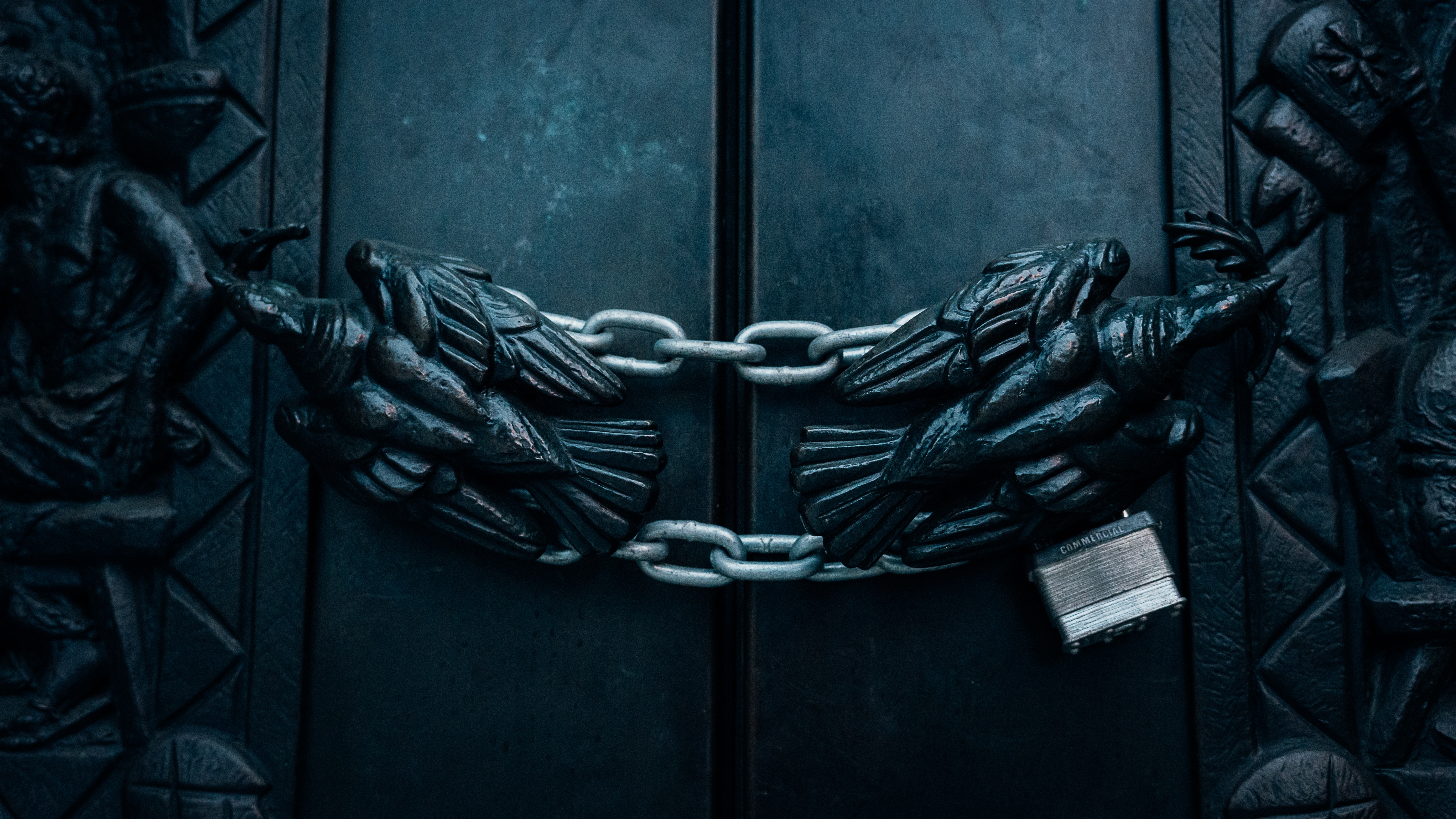
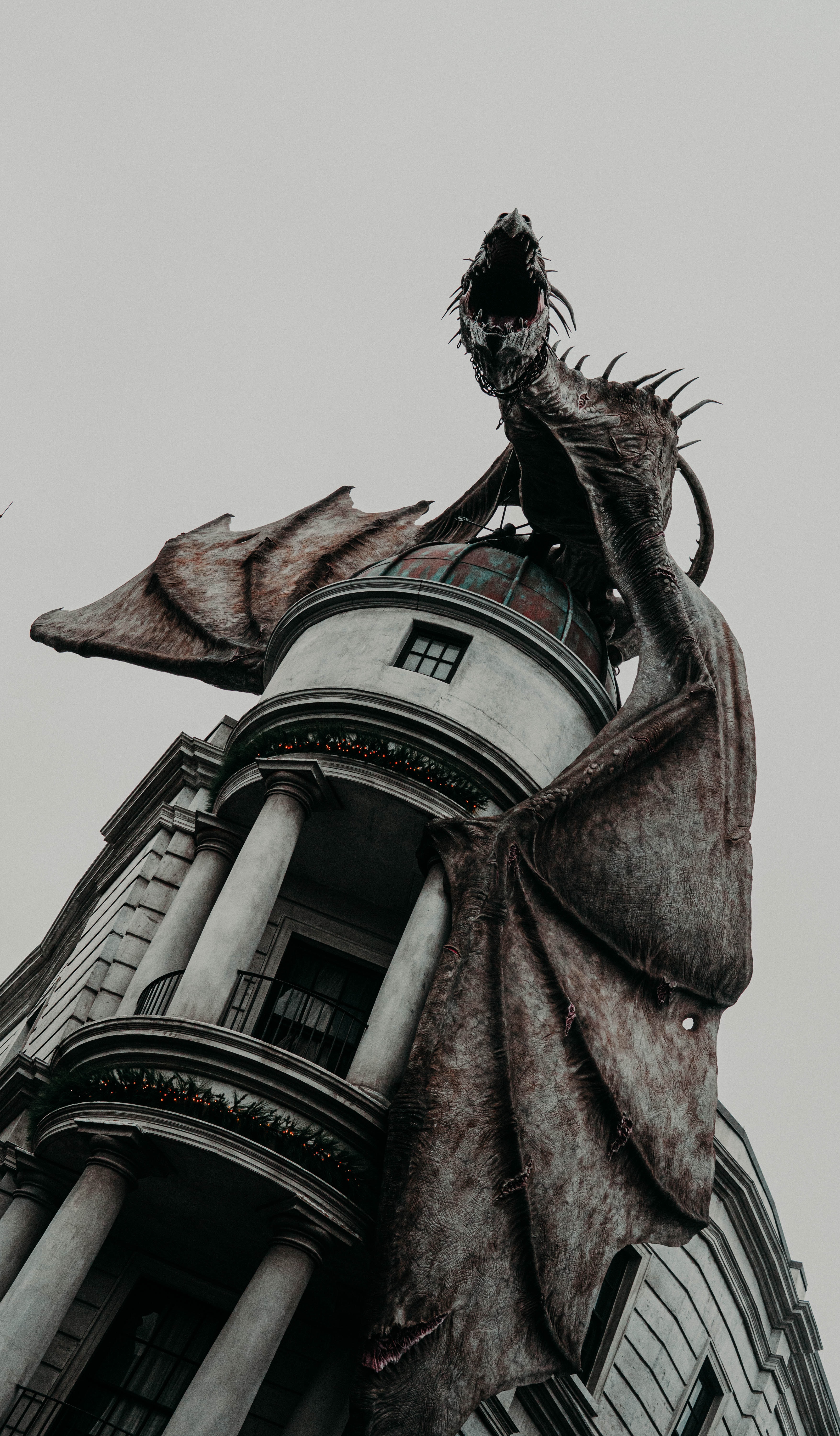
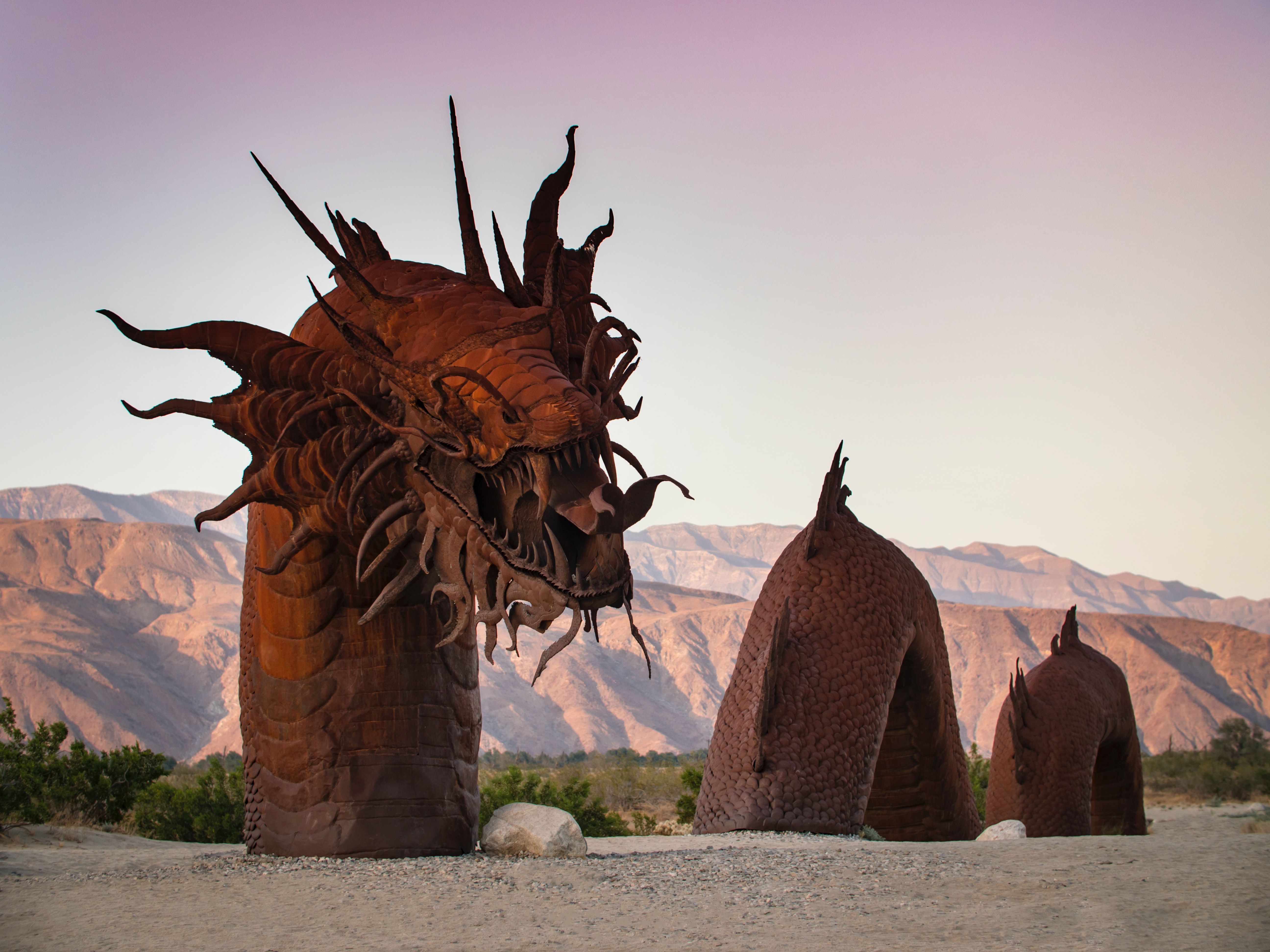

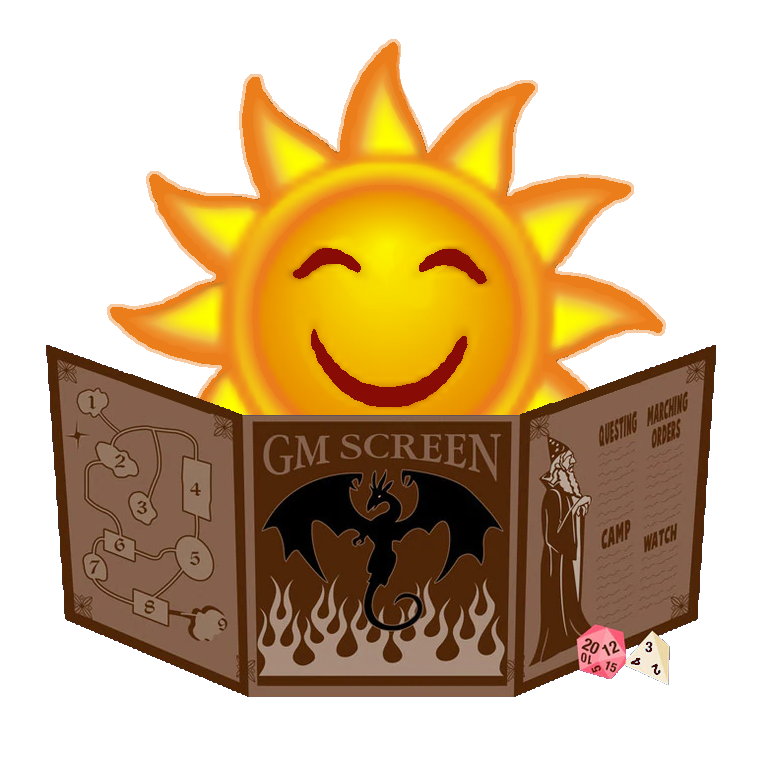
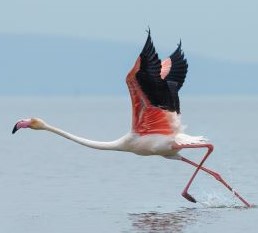
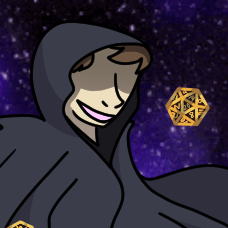
I love the attention to detail in describing this species, and the way they're written is really immersive. Having a shapeshifting ability explored a deep dive into the complex relationship between dragons and human culture throughout the history of the world. As a childhood fan of all things dragons, this concept was fantastic to read! I featured this in my inspirations article for the reading challenge! :D
TJ's WorldEmber 2021 Inspirations
Get inspired and try out some of these techniques in your next article!
Thanks TJ! I'm so glad you enjoyed it :)